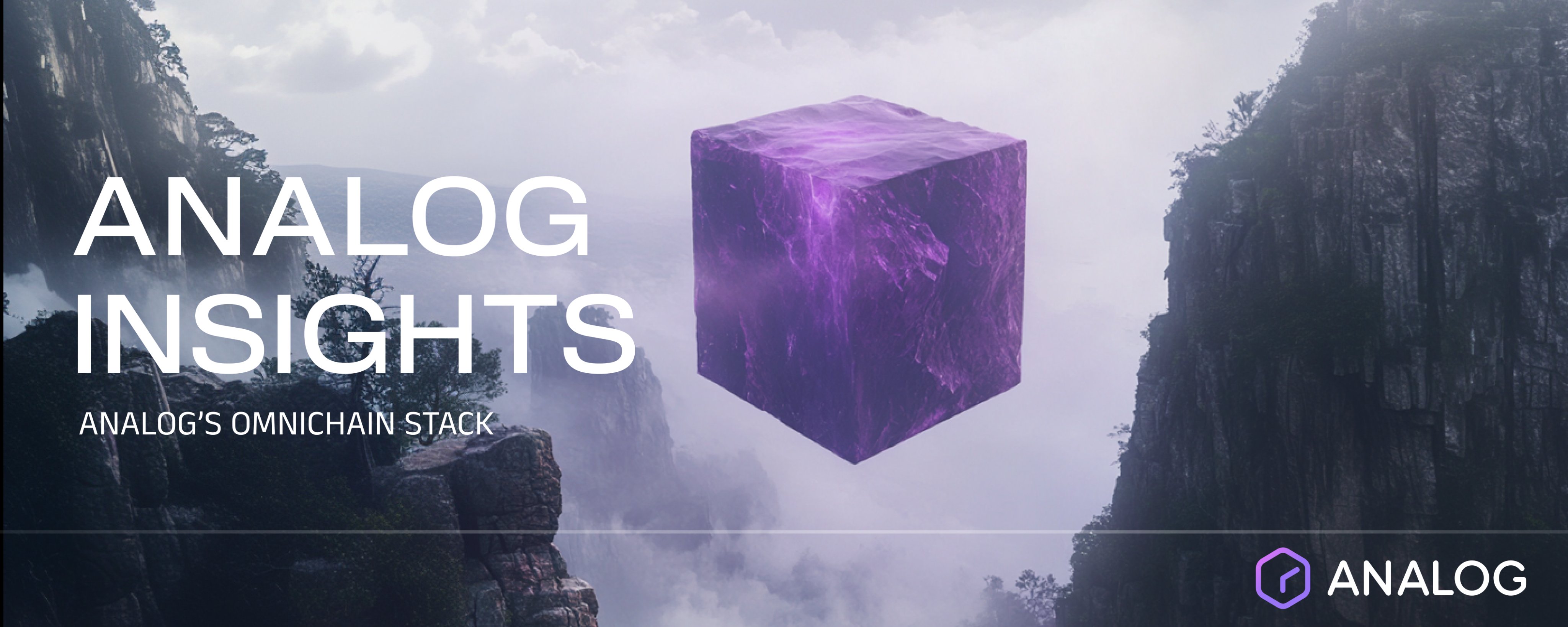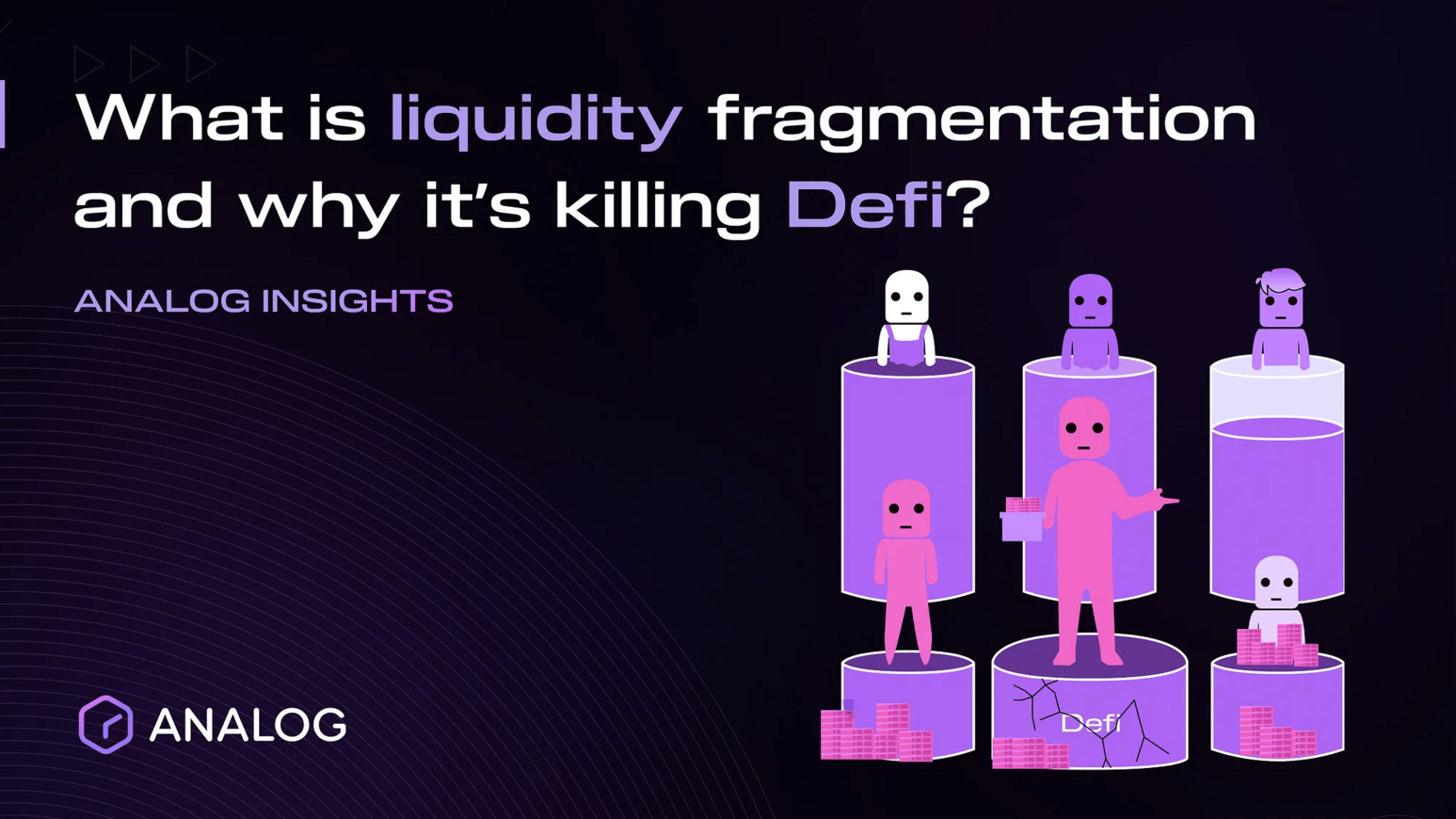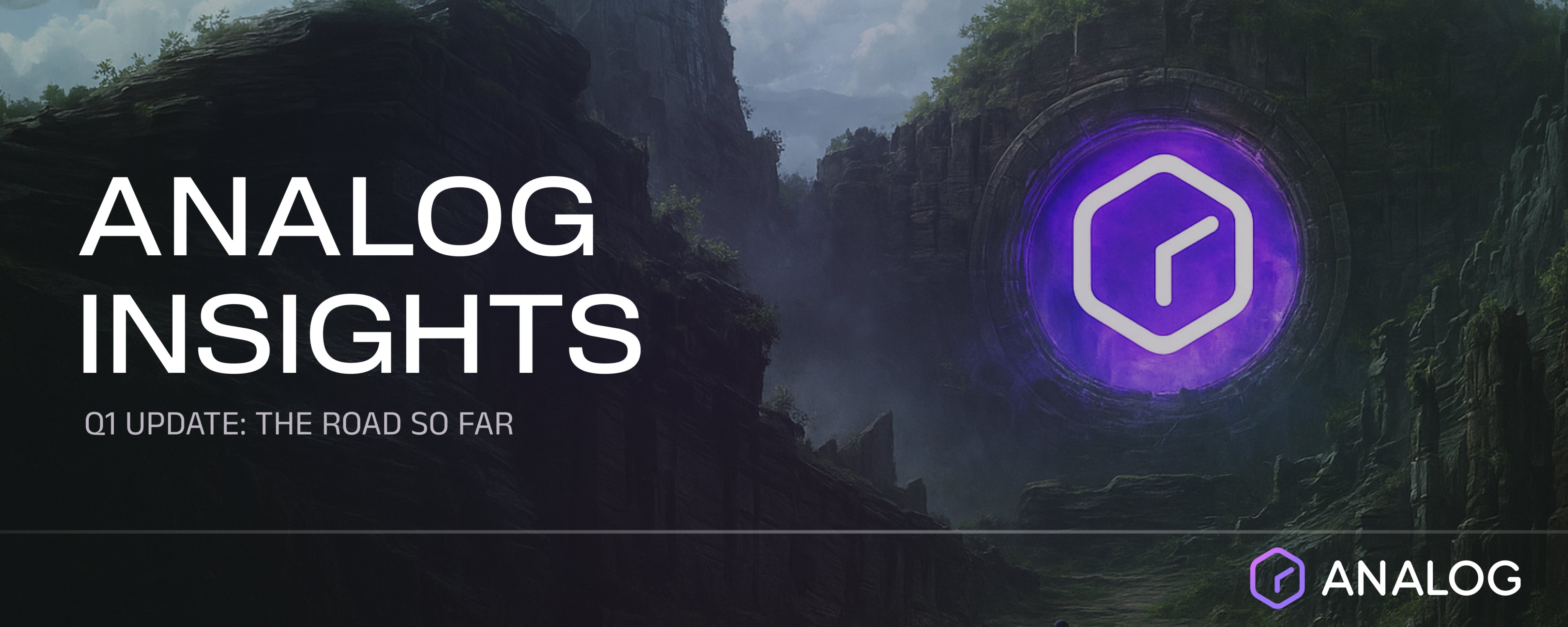
Prologue: A Tale of Two Traders
Maya awakens at 3:42 AM to the piercing sound of her phone's notification. Market volatility has triggered one of her position alerts. Still half asleep, she fumbles through the now familiar ritual: unlock phone, open wallet, connect to DEX, check position, prepare transaction, wait for confirmation, then repeat the process on another chain because her collateral is split across networks.
By the time she manages to secure her position, the opportunity has slipped away. The market moved faster than she could navigate the maze of disconnected protocols. And like every time this happens, Maya tells herself that "There has to be a better way."
Across the world, Alex experiences a completely different reality. A similar alert wakes him, but his response is different. With a few taps on a single interface, he adjusts his position despite having assets distributed across five different blockchains.
The system automatically routes his instructions through the optimal pathways, accessing liquidity where it's most advantageous, settling transactions seamlessly across chains, and completing the entire operation in seconds.
The difference between Maya and Alex isn't skill or resources, it's that Alex lives in the omnichain future, where blockchain networks communicate and interact as parts of a unified system rather than isolated islands.
This is the story of how we get there.
Part I: The Fragmented Present
The Archipelago of Innovation
Today's Web3 landscape resembles a vast archipelago, dozens of isolated islands of brilliant innovation, separated by treacherous waters. Each island (blockchain) has its own unique features, populations (users), customs (protocols), and languages (standards).
Ethereum stands as the largest landmass, but Solana offers speed that Ethereum can't match. Avalanche provides subnets for specialized applications and the list goes on.
Each chain spawns its own civilization of DeFi protocols and dApps. This diversity drives innovation, but at tremendous cost: fragmentation that undermines the core promise of a truly open, omnichain financial system.
The Bridge Too Far
Our current solution to this fragmentation has been bridges. But bridges offer a fundamentally limited approach:
"The problem with traditional bridges is they're solving yesterday's problem with yesterday's technology," explains Victor Young, Analog’s founder. "They're trying to connect systems that were designed to be disconnected."
This retrofitted approach has led to predictable problems:
Security vulnerabilities: Bridge hacks have resulted in billions lost, including the infamous $625 million Ronin Bridge attack and the $320 million Wormhole exploit.
Capital inefficiency: Assets locked in bridges represent dead capital that could otherwise generate yield.
Fragmented liquidity: Assets spread across multiple chains create thin markets vulnerable to slippage and manipulation.
User experience nightmares: Bridging typically involves multiple transactions, complex interfaces, and waiting periods.
Composability breakdown: The multi step process of bridging breaks the atomic composability that makes DeFi powerful.
The limitations of bridges expose a fundamental truth: true omnichain connection cannot be bolted on as an afterthought. It must be woven into the fabric of the ecosystem itself.
Part II: The Technological Revolution
Beyond Bridges: The Omnichain Stack
The path from fragmentation to unification starts with rethinking how liquidity flows across blockchains.
Here’s how Analog is building towards that:
1. Cross Chain Messaging with Real Execution
At the heart of Analog is General Message Passing (GMP), our protocol for secure cross chain smart contract execution.
Most messaging layers just move data. GMP lets chains act on that data.
That means actions can trigger across chains without relying on centralized bridges, smart contracts can be executed natively between chains, and governance, swaps, and liquidity flows can be coordinated from a single unified layer.
2. Timechain: A Purpose Built omnichain Layer
Timechain is Analog’s native Layer 0 blockchain.
It’s the accountability layer for all cross chain activity that keeps transaction timelines synced, enforces validation across chains, and ensures nothing slips through the cracks.
3. Unified Liquidity Infrastructure
The core of Analog’s mission is liquidity unification.
Instead of spreading liquidity across isolated pools, it’s building a universal liquidity layer that connects every chain in the ecosystem.
Here’s how that shows up:
Zenswap: An omnichain DEX that allows users to swap and route tokens instantly across chains
Cross Chain Collateralization: Use assets on Chain A to unlock value on Chain B
Liquidity as a Service: Deploy capital wherever it’s needed, instantly
This stack turns fragmented blockchains into one programmable system.
Part III: Analog's Vision - A Hub for Omnichain Liquidity
Among the projects working toward this omnichain future, Analog stands out for its focus on solving the critical liquidity fragmentation problem.
Analog’s approach centers on creating a universally accessible liquidity hub that:
Pools liquidity across chains: Combining liquidity from multiple chains into unified pools
Optimizes capital efficiency: Ensuring the same capital can serve multiple chains simultaneously
Provides chain agnostic access: Allowing users to tap into this liquidity regardless of which chain they're on
The result is a protocol that serves as the foundation for the omnichain financial system, much as the TCP/IP protocol serves as the foundation of the internet.
Together, these components create a system where liquidity flows freely across the entire blockchain ecosystem, eliminating the inefficiencies of fragmentation.
Epilogue: The Inevitable Evolution
The omnichain future isn't just a possibility, it's an inevitability. The current fragmented state of blockchain is simply unsustainable for mass adoption.
Just as the early internet evolved from disconnected networks to the seamless web we use today, blockchain technology must evolve toward unified interoperability.
The next generation of Web3 users will never know the pain of manually bridging assets or managing wallets across multiple chains. They'll interact with a unified system where the underlying complexity is abstracted away.
In this omnichain future, blockchain finally delivers on its core promise: a truly open, omnichain financial system accessible to anyone, anywhere in the world. The islands will remain, each chain will maintain its unique characteristics and strengths, but they'll be connected by currents of liquidity and information that turn the archipelago into a continent.










